$51.7 Bn
Market Size
9.01%
CAGR
$127.25 Bn
Forecast
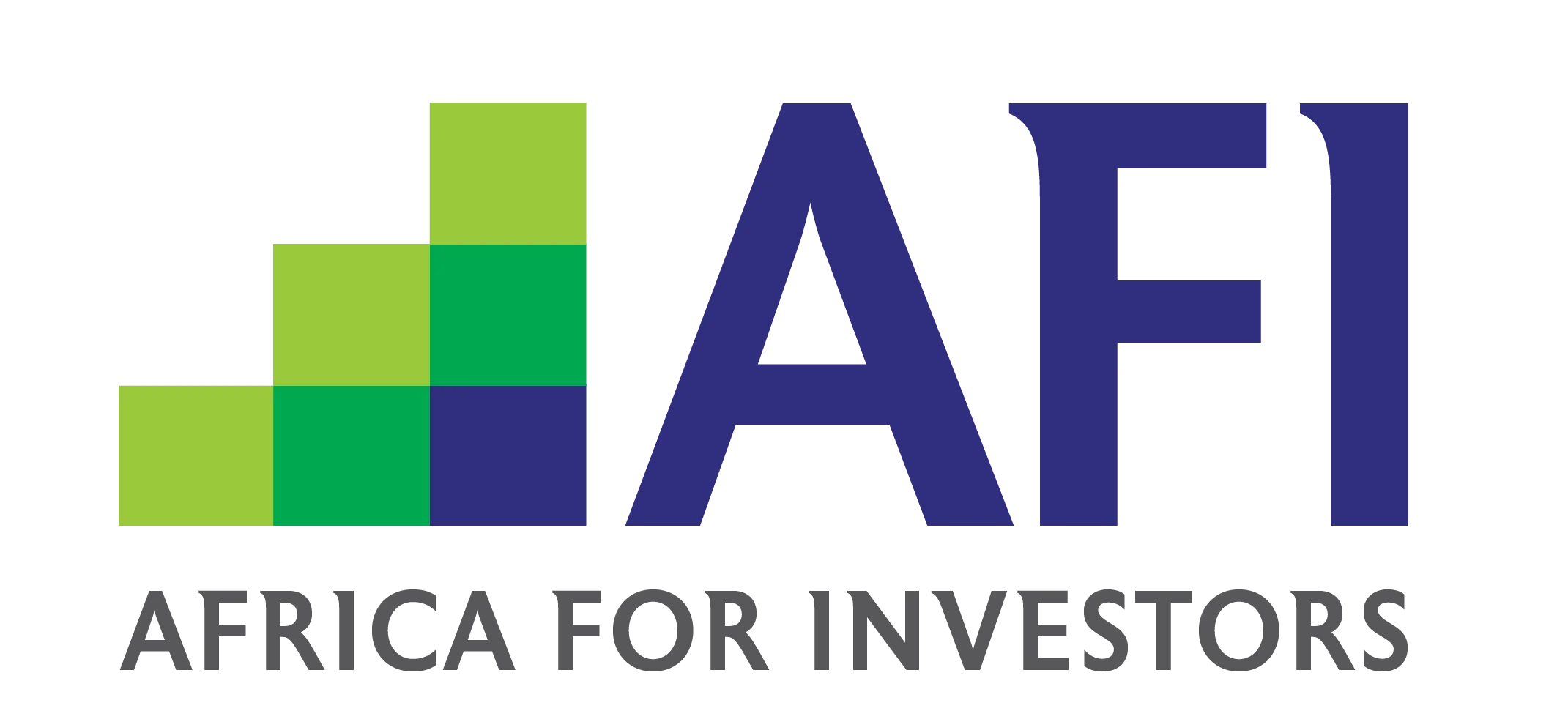
*Note: Name, Email and Phone Number are mandatory.

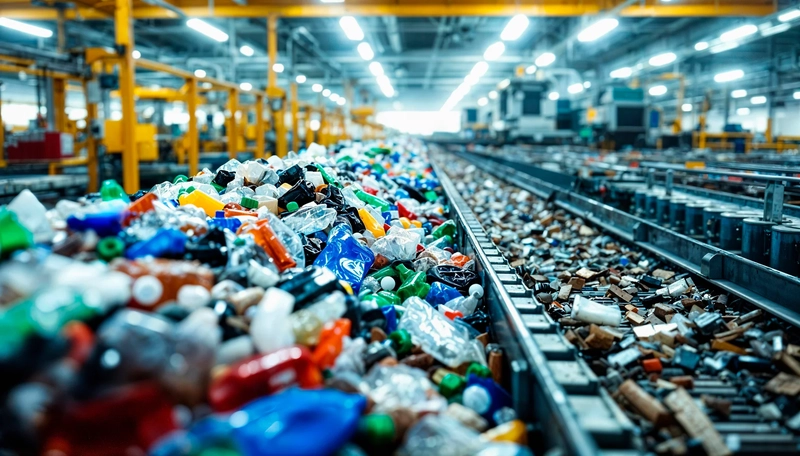
Africa generates billions of PET bottles, but less than 10% are recycled-and that's just the tip of the iceberg. With recycling capacity lagging, demand rising and strong government backing, plastic recycling offers low-cost feedstock, high ROI and a chance to lead in a global market.
Africa generates billions of PET bottles, but less than 10% are recycled-and that's just the tip of the iceberg. With recycling capacity lagging, demand rising and strong government backing, plastic recycling offers low-cost feedstock, high ROI and a chance to lead in a global market.
$51.7 Bn
Market Size
9.01%
CAGR
$127.25 Bn
Forecast
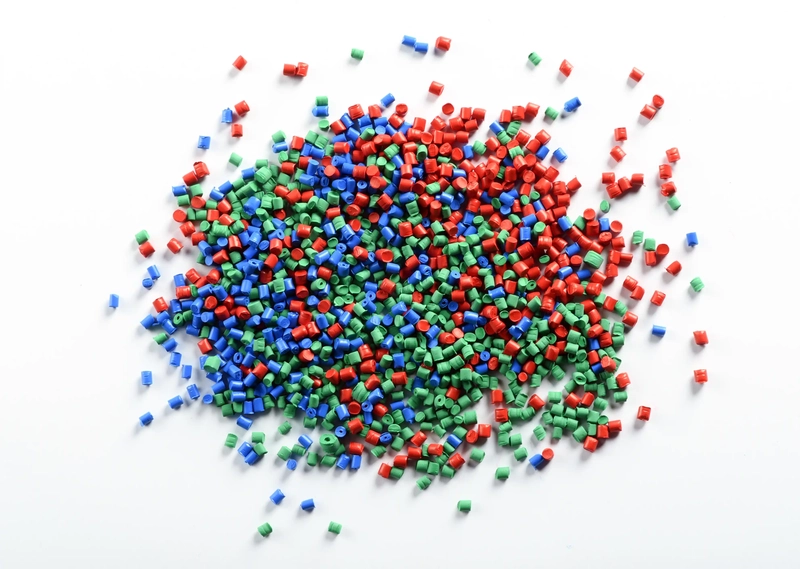
Plastic Granules

Furniture

Packaging Products
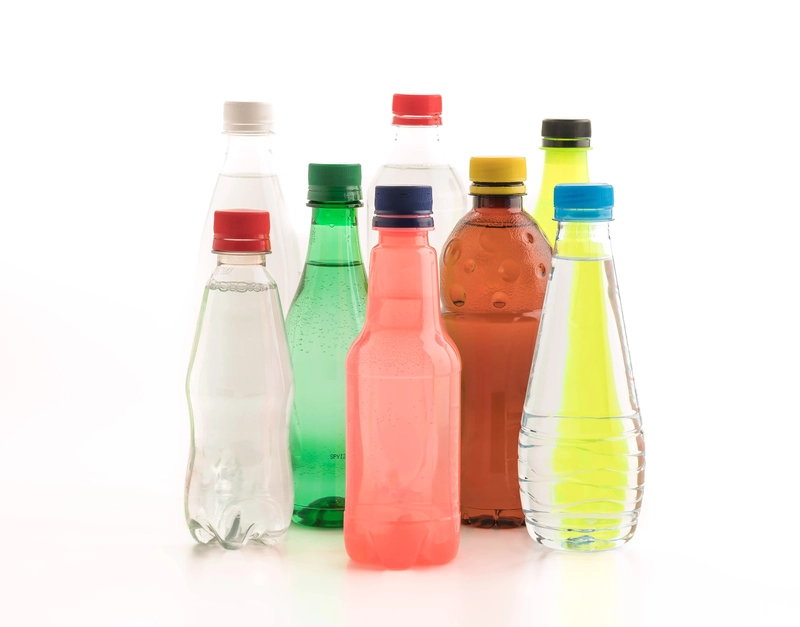
Recycled PET
~90%
Mismanaged
~11 MT
Plastic Waste Generated Annually
<10%
Recycled
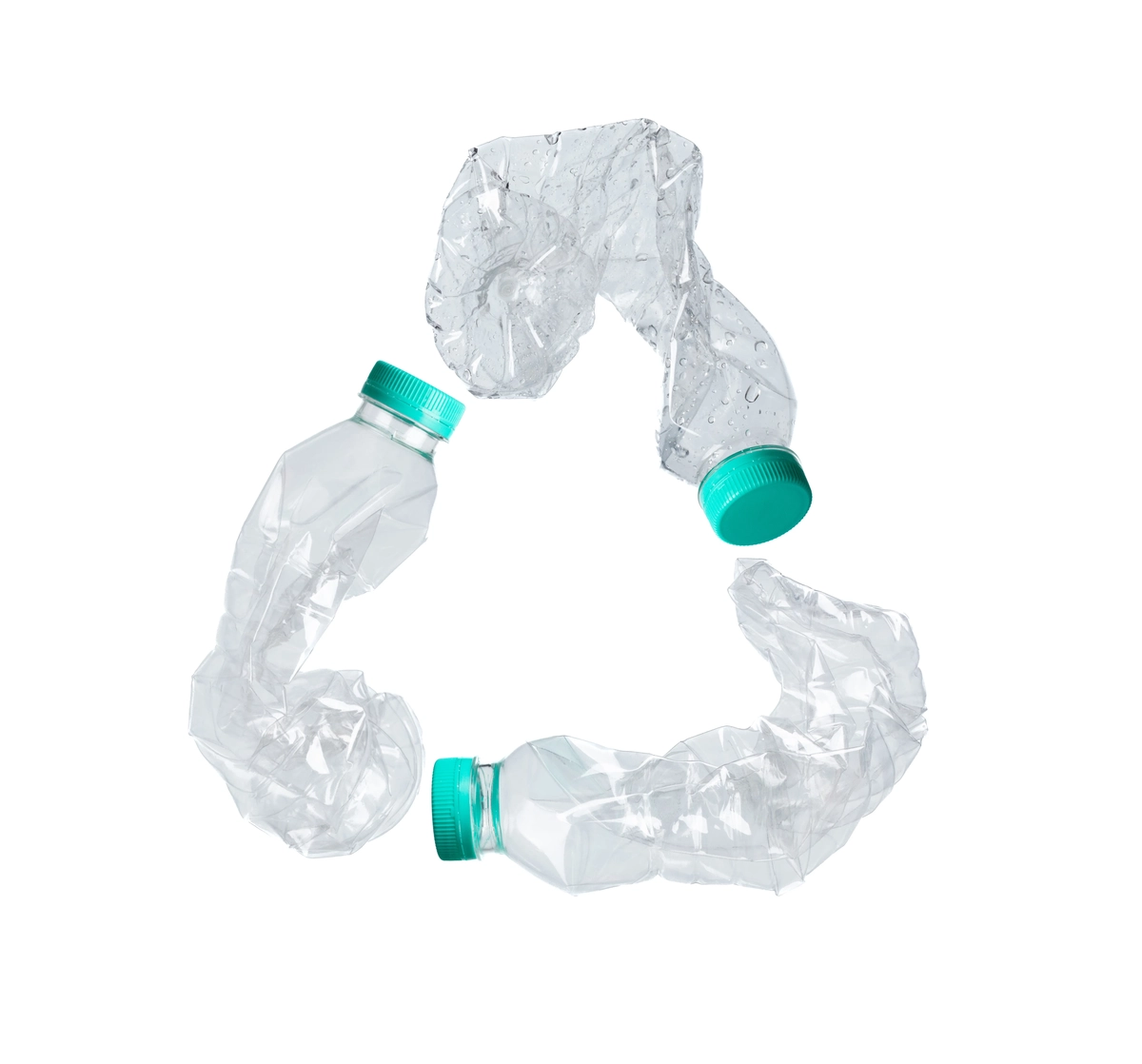
Abundant Raw Materials
Around 80% of plastic waste in West Africa is mismanaged, indicating a readily available and often inexpensive supply of raw materials for recycling initiatives.
Rising Demand for Recycling Infrastructure
As urbanization and plastic consumption rise, the need for recycling infrastructure will follow suit, ensuring a steady demand for recycled materials and creating new market opportunities.
Access to Impact Investment
Development finance institutions and impact investors are increasingly interested in funding environmentally and socially beneficial businesses, including plastic recycling, offering access to capital and favorable terms.
Government Support for Eco-Friendly Solutions
African governments are pushing for eco-friendly solutions, providing policy incentives, tax breaks, and grants to support the recycling industry, further enhancing the business landscape.
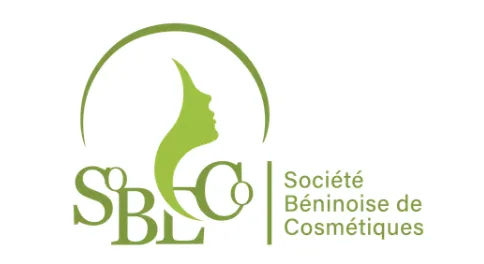
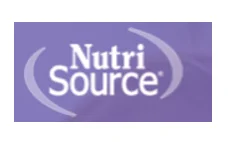

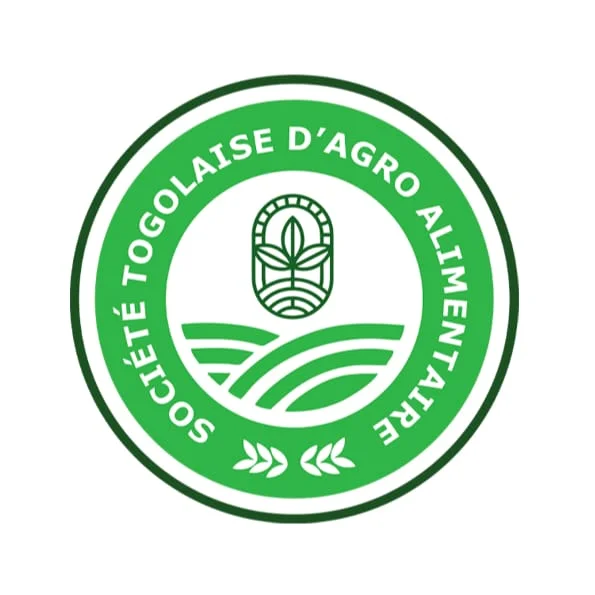


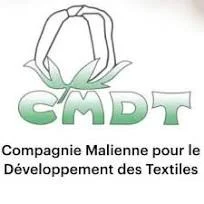

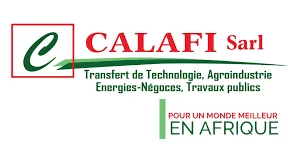


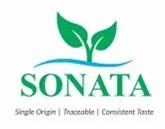
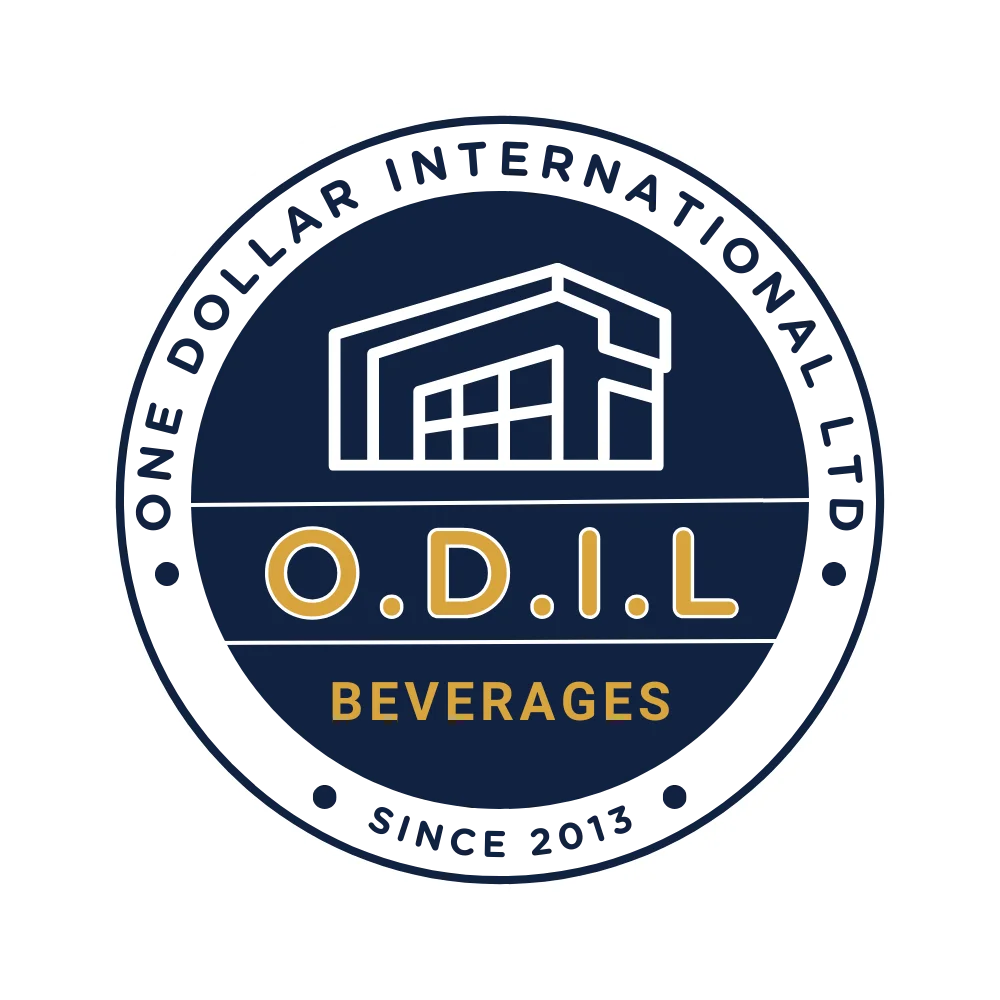
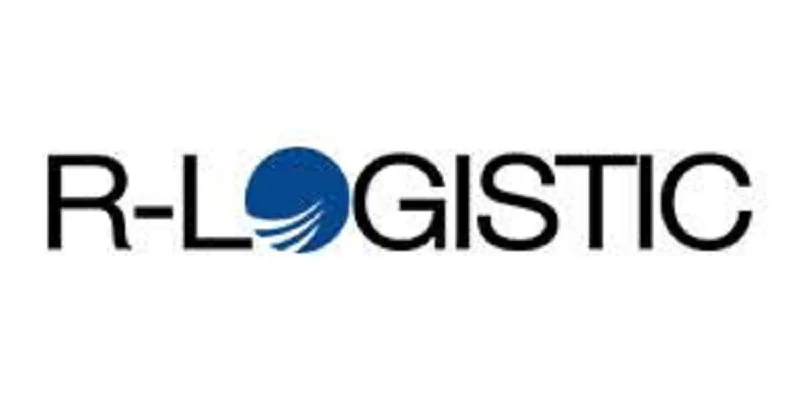

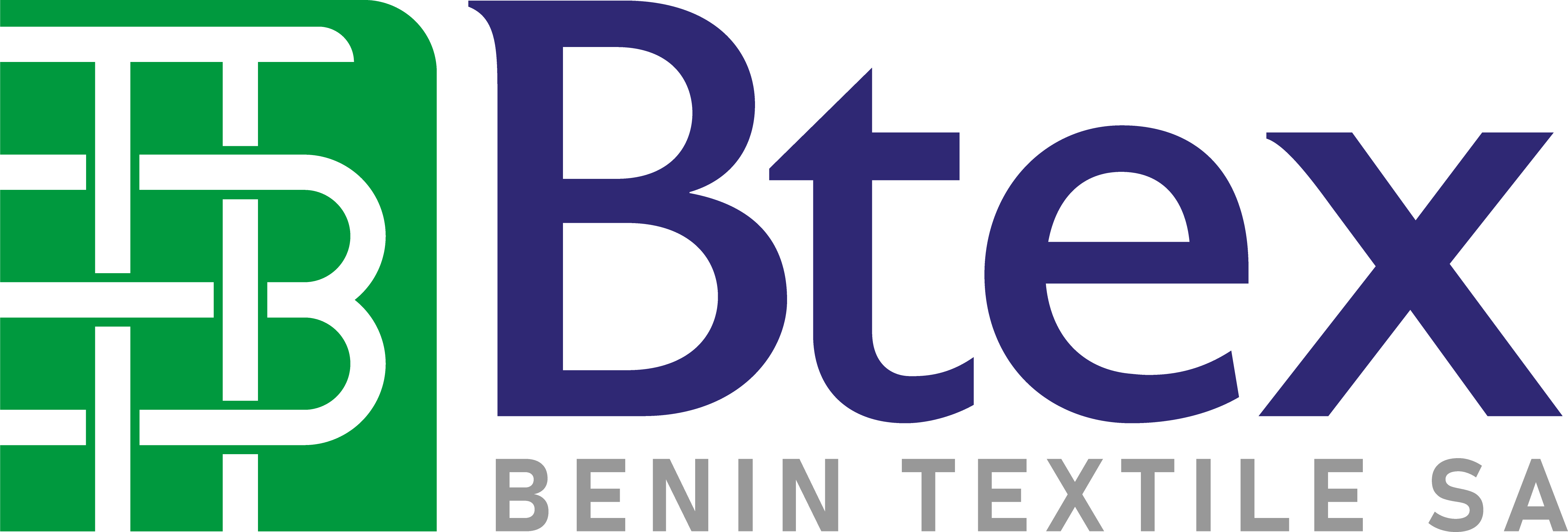
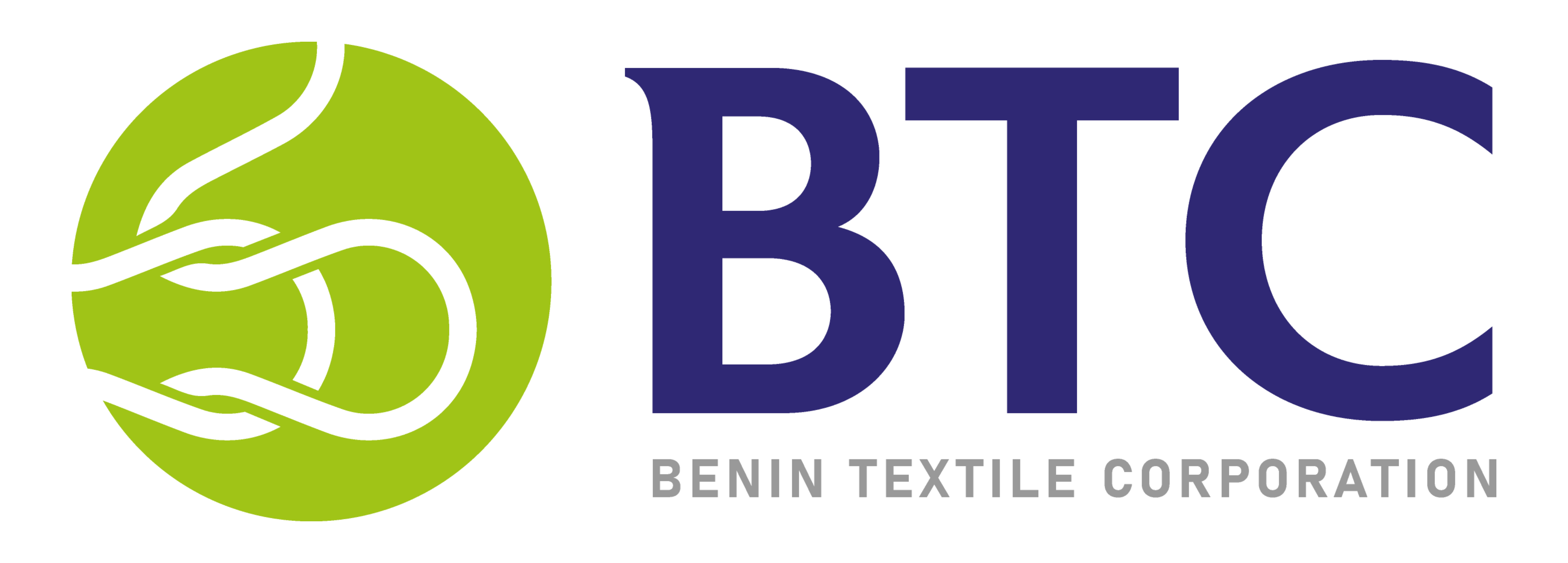

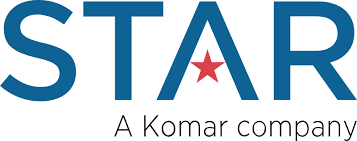
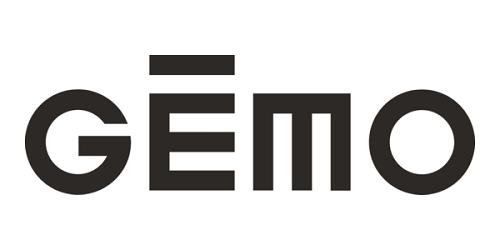




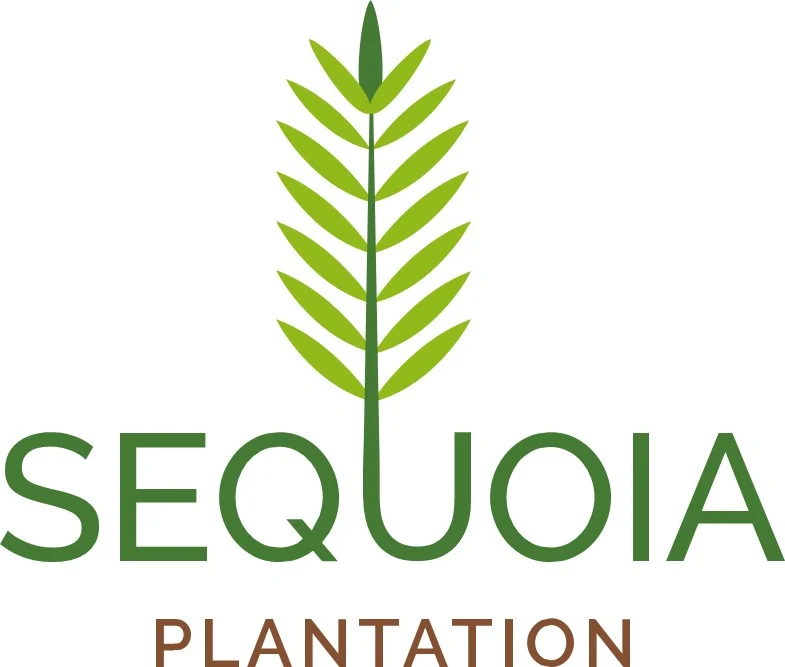
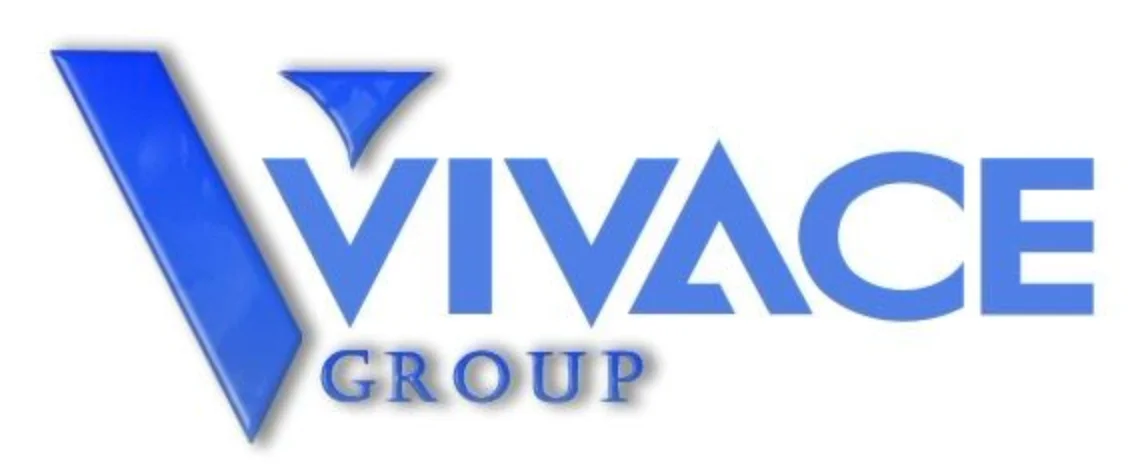
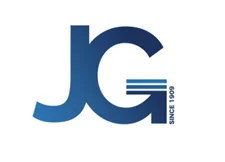
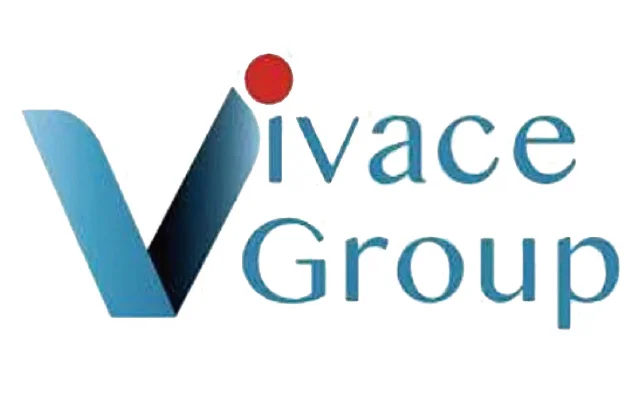

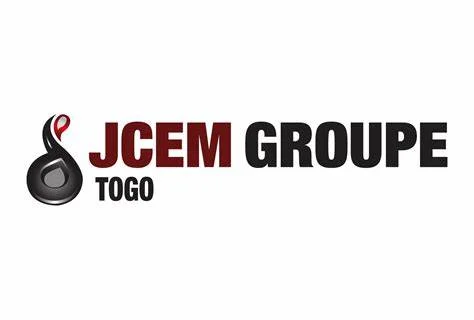
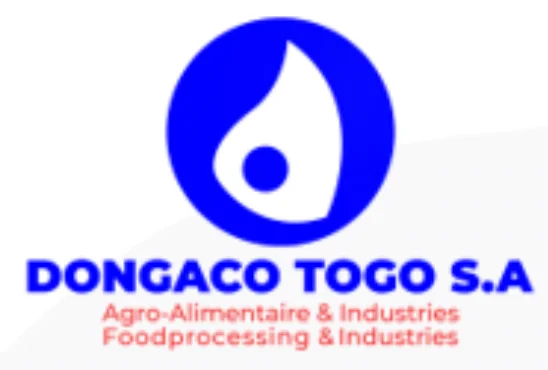


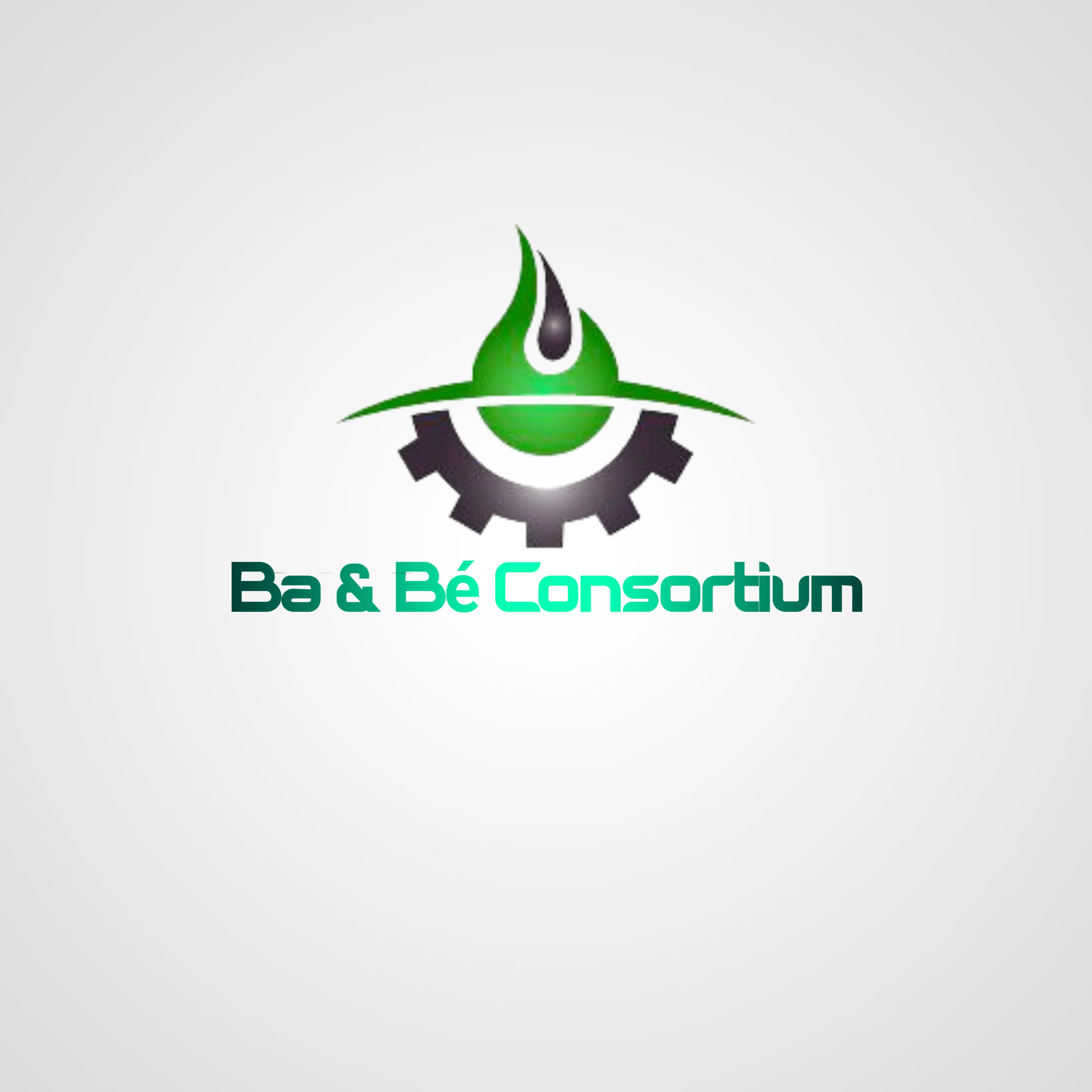






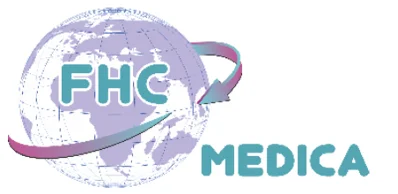



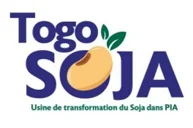
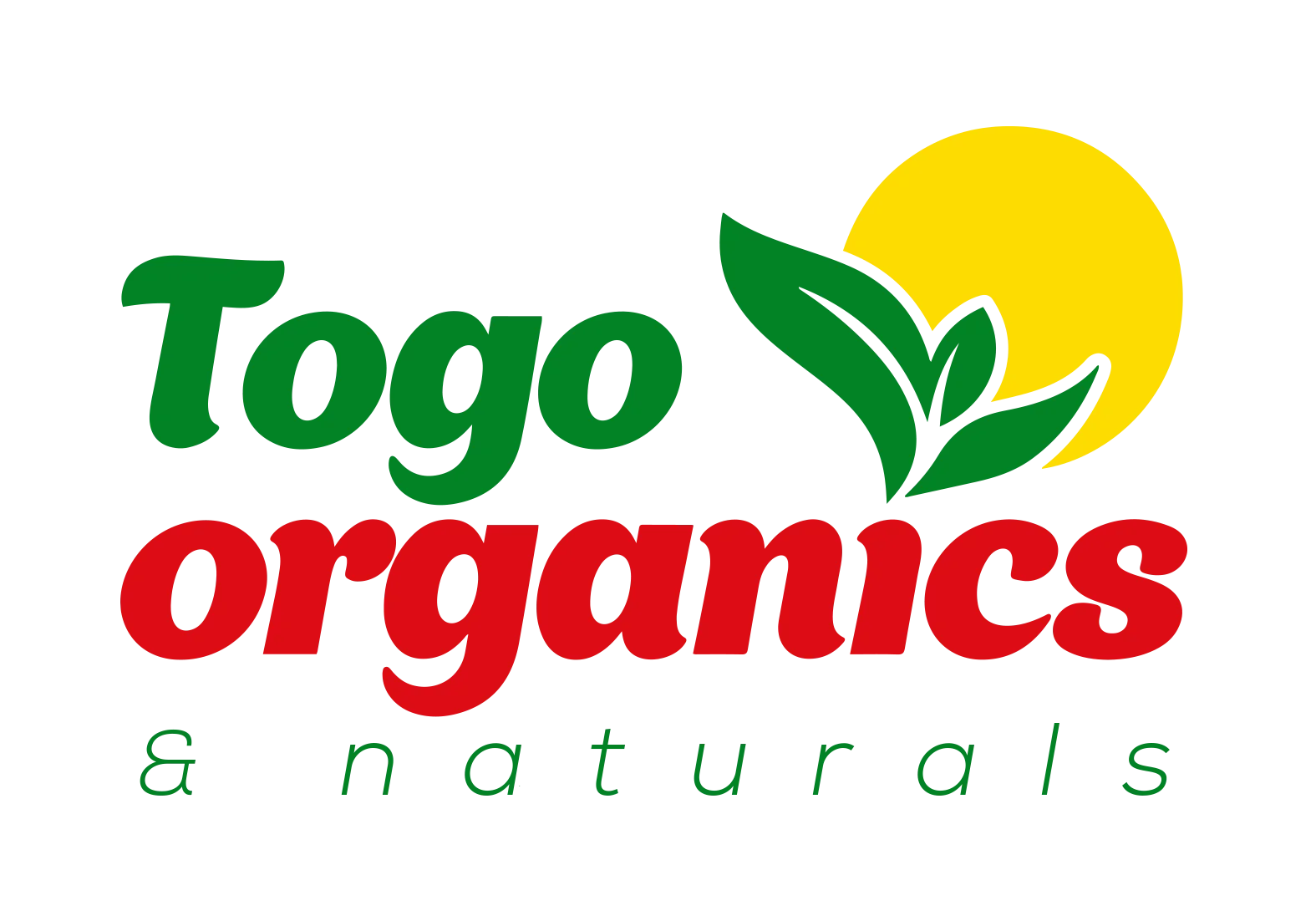
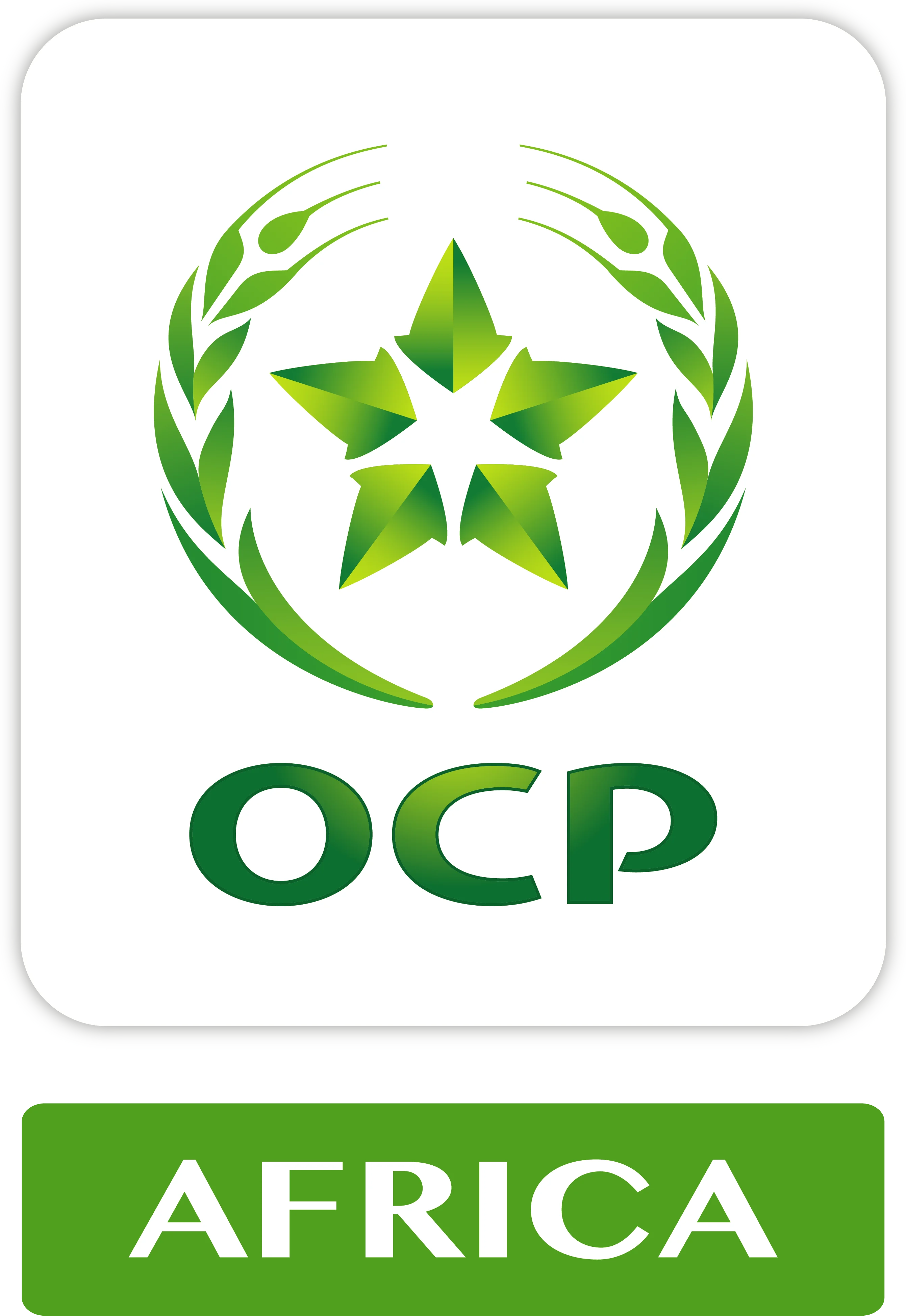


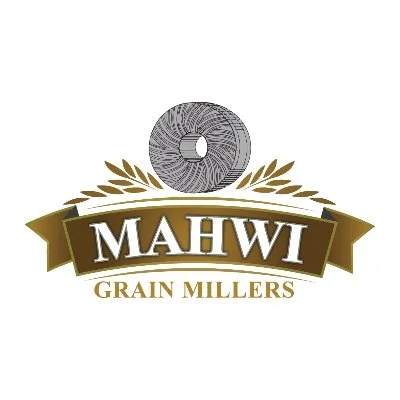

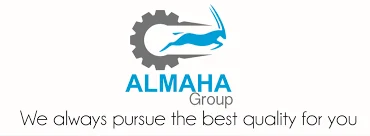



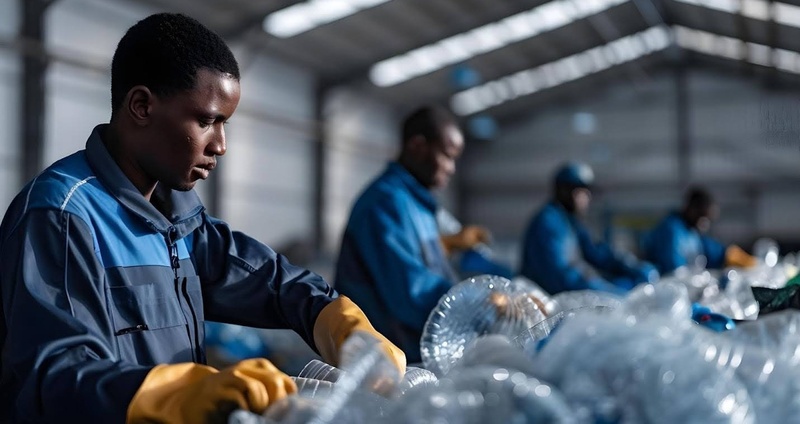
May 28, 2025
Rethinking Plastic: Why Africa Could Be the World's Smartest Bet in Recycling
How are plastics recycled?
Plastics are recycled through a multi-step process: collection, sorting, cleaning, and shredding. After sorting by type, the plastic is cleaned to remove contaminants. It's then shredded into small pieces, melted down, and formed into pellets that can be used to create new products. This reduces waste, conserves resources, and lowers the demand for virgin plastic.
What types of plastics are most commonly recycled?
Polyethylene Terephthalate (PET #1) and High-Density Polyethylene (HDPE #2) are the most commonly recycled plastics due to established collection and processing systems and higher market value.
What types of plastics are most commonly found and recycled in Africa?
PET and HDPE are among the more commonly recycled plastics due to existing recycling infrastructure and market demand. However, the waste stream in Africa may also contain significant amounts of other plastics, including flexible packaging and low-value plastics that are harder to recycle.
What is the potential for return on investment in plastic recycling ventures in Africa?
The potential for ROI can be attractive, especially in regions with strong demand for recycled materials and supportive government policies. Integrated facilities that handle collection, processing and
manufacturing can offer better returns.
How does the informal sector play a role in plastic recycling in Africa?
The informal sector, comprised of waste pickers, plays a crucial role in collecting and sorting recyclable materials across many African countries. They often operate without formal support or protection but contribute significantly to recycling efforts. Integrating and formalizing this sector can be a key aspect of successful recycling initiatives.
Compare
Dear investor, please compare similar category items- either Locations or Opportunities.
*Already subscribed.
*Enter your name/email.

Sign up for exclusive investment alerts.
Already subscribed? Skip
Thank You For Subscribing to
Africa For Investors.

You will be redirected to AFI’s Linkedin Profile in 10 seconds.
Stay On AFI Website